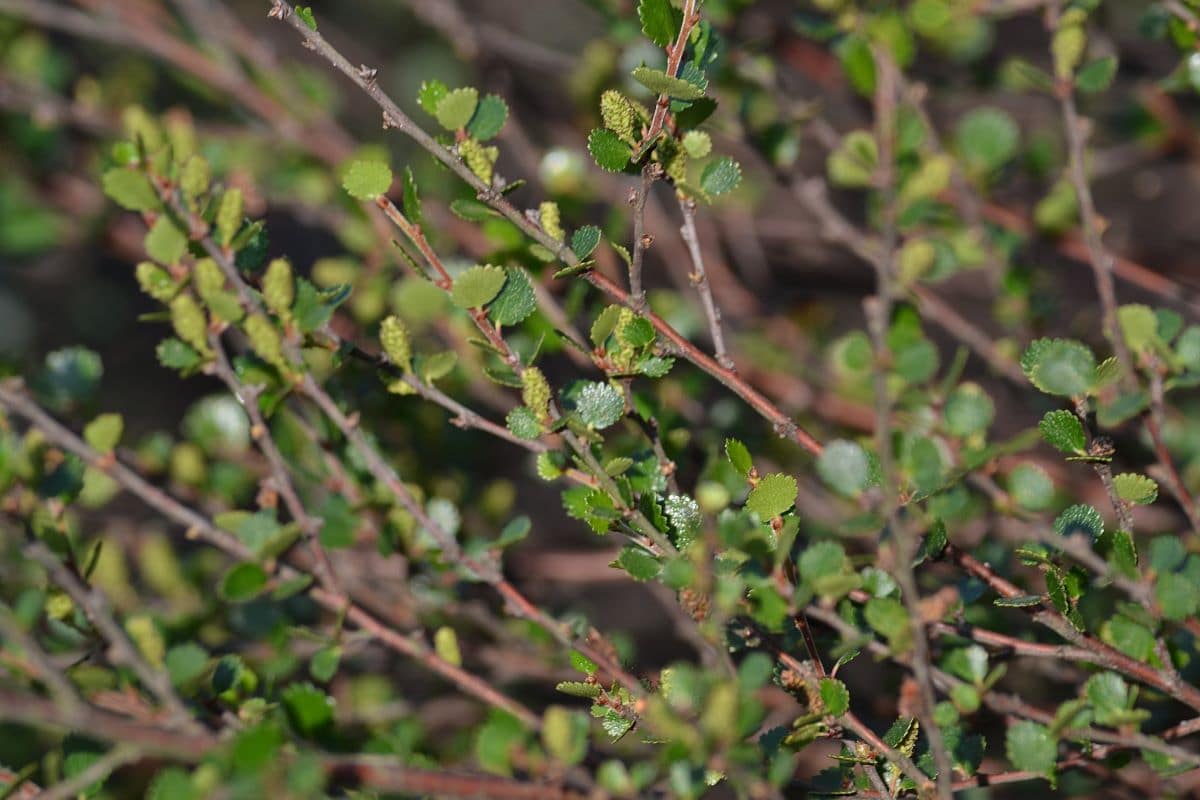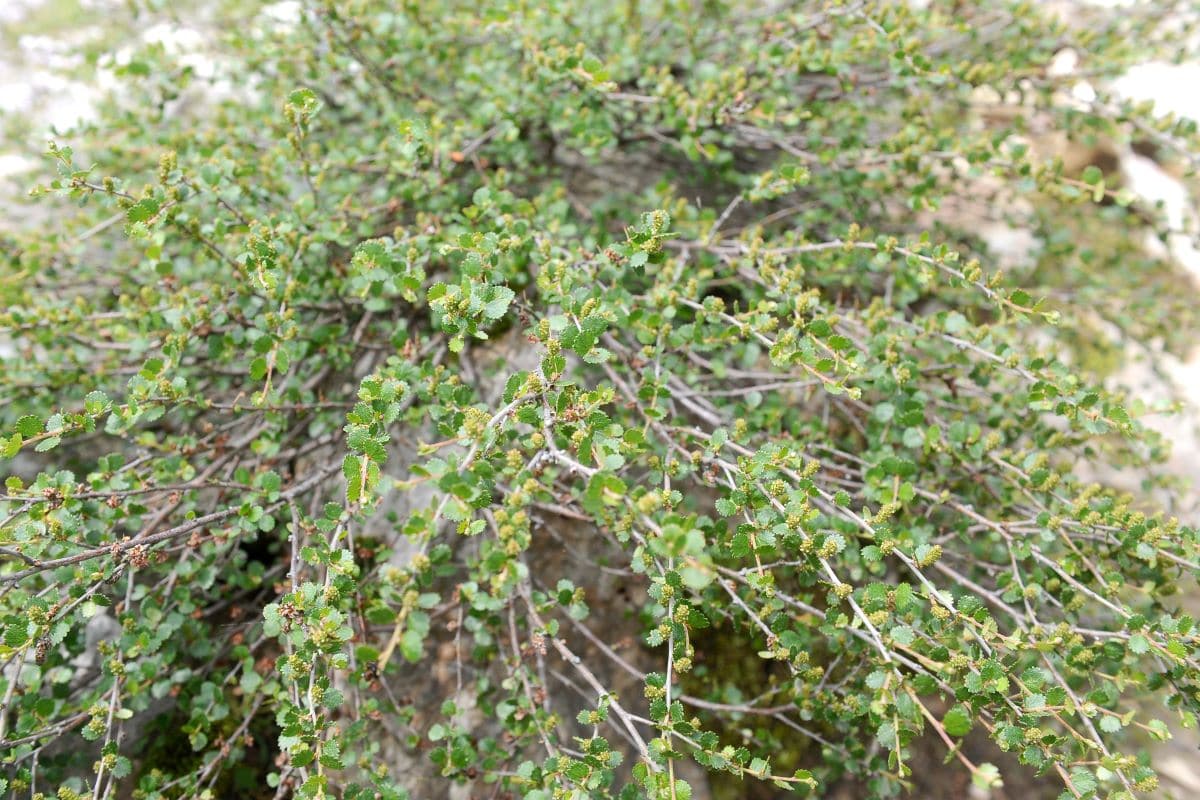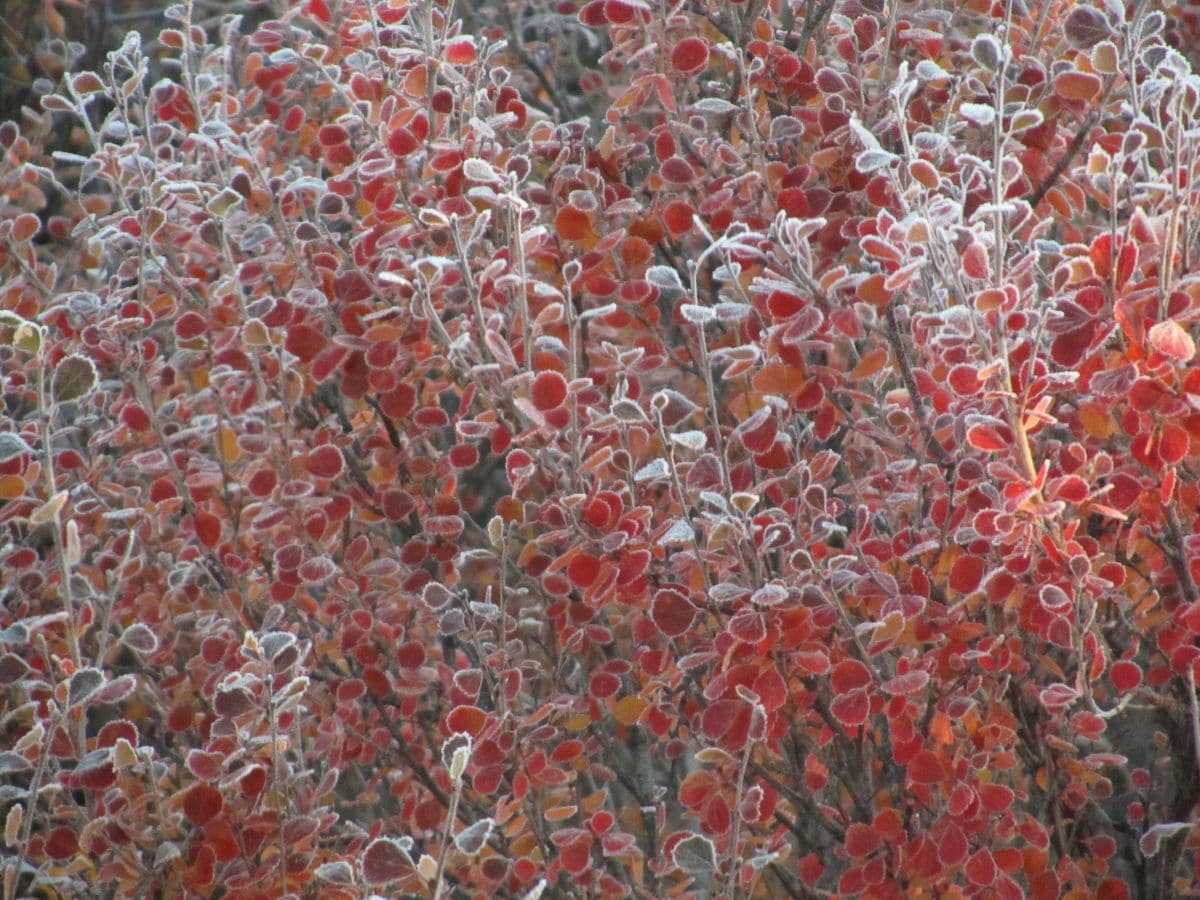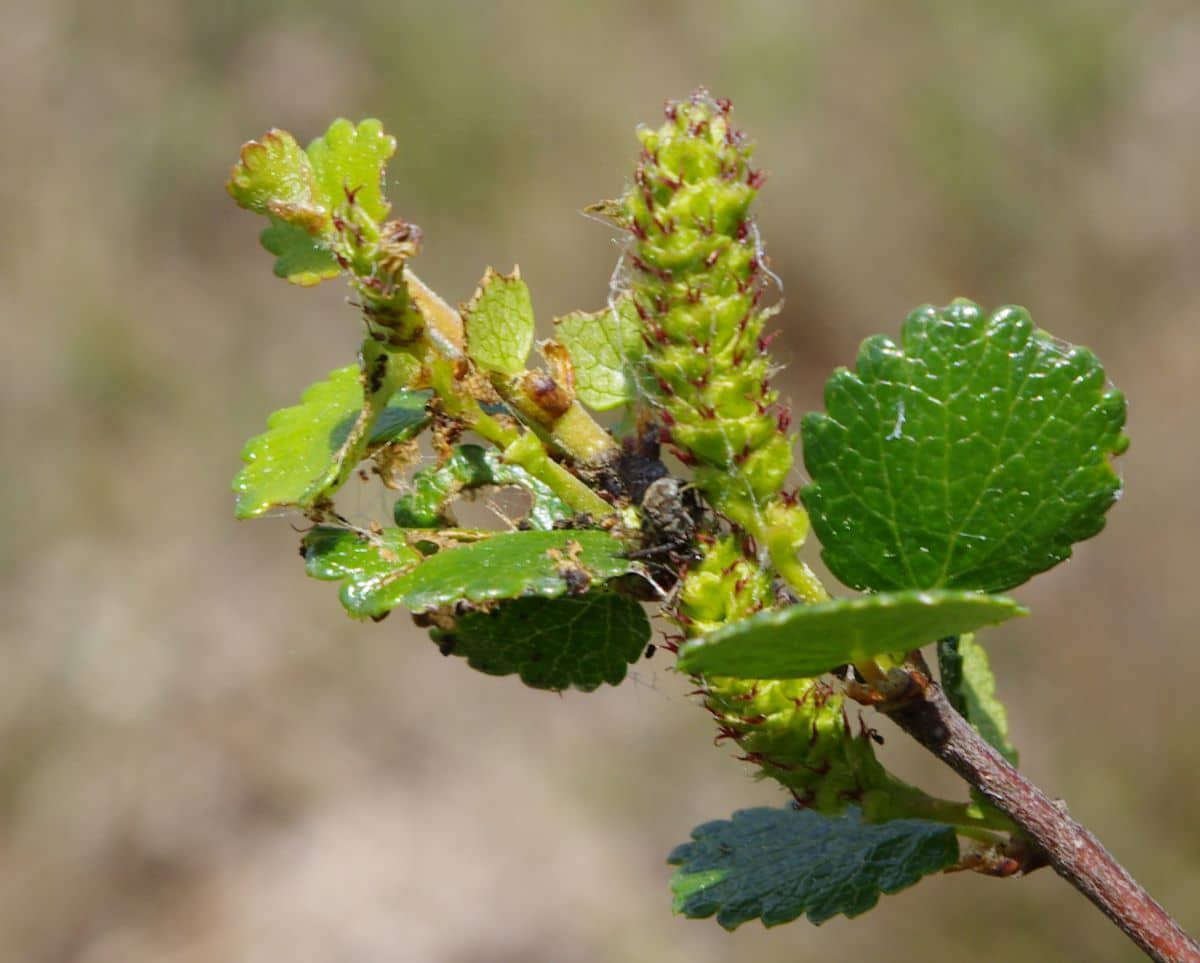
Image – Wikimedia/Joanna Boisse
You may think that birches are all very large trees, not surprisingly, the vast majority of those that are cultivated are. However, there is one that is much smaller. Its scientific name is Betula nana, and may be called dwarf birch.
Although it is very rare in cultivation, and even more so outside its place of origin, it is a plant that can surprise us a lot. So, we want to present it to you next.
Origin and characteristics of dwarf birch

Image - Wikimedia / Niccolò Caranti
dwarf birch it is a deciduous shrub It is found in the arctic region, although it also grows, somewhat more isolated, in the mountains that are more than 300 meters high in temperate zones. Thus, two subspecies are distinguished:
- Betula nana subsp. lullaby: native to Greenland, northern Europe, northwestern Asia, and Canada. The young branches are protected by a kind of hair, and the leaves are about 2 centimeters long.
- Betula nana subsp. exiles: Grows in northeast Asia, Alaska, and eastern Canada. The branches are hairless but protected with resin, and the leaves are a maximum of 1,2 centimeters long.
It can reach a height of 1 meter, or perhaps a little more if the conditions allow it, but never more than 2 meters. Its leaves are green, with jagged margins, and remain on the plant for a long time until autumn arrives, which is when they turn reddish until they fall. The flowers are erect catkins which are about 5 centimeters long.
What are the care of the dwarf birch?

Image – Wikimedia/NPS Photo // Betula nana in autumn.
It is not a very complicated plant as long as the temperatures are cool throughout the year, but as problems can always arise, what better than knowing how to take care of them to avoid them:
Location
La Betula nana It is a small bush that must be abroad, Everyday of the year. Likewise, it is advisable to place it in the coolest and brightest area in the patio or garden so that it feels comfortable.
If you dare to grow it in a temperate-warm region, such as in the Mediterranean for example, put it in the shade so that the sun does not burn its leaves.
Earth
It is important that it is acidic, with a pH between 4 and 6. It must also have good drainage and be fertile. If puddles form quickly and you see that it has a hard time absorbing water, you will have to make a hole about 1 meter wide by 1 meter deep and fill it with a mixture of soil for acid plants mixed with perlite in equal parts.
Irrigation and fertilizer
You have to water it every 3 days in summer, and a little less the rest of the year. Every time you water, pour water into the soil until you see that it is soaked, in this way, you will ensure that the plant is well hydrated.
As for the subscriber, it is advisable to fertilize the dwarf birch in spring and summer with a quality fertilizer, like the guano that you can buy here, following the manufacturer's instructions.
Multiplication
Possible multiply it by seeds, which have to be sown in pots or seedbeds in winter so that they germinate throughout the spring; or by semi-woody cuttings in spring.
Pruning the Betula nana
If you consider it necessary, late winter You can cut the branches that you see that are growing a lot, or even eliminate those that are dry and/or that are giving it a rebellious appearance.
Rusticity
Withstands frost without problems up to -30 ° C.
Is it possible to have a potted dwarf birch?

Image - Wikimedia / El Grafo
Sure. What happens is that it is still a fairly unknown species, one that can also only grow in cold or temperate-cold climates. Let us remember that it is located in the arctic region, where the landscapes in winter are covered with snow, and where summers are usually short and mild or cool.
For this reason, in an area where temperatures can exceed 25ºC, it will not be able to live, nor survive even no matter how much care is given to it, since it is not prepared to withstand the heat. It is a shame for those of us who live in areas where temperatures are high, but not for those who live, for example, in the mountains or/or in places where the climate is right for them.
Likewise, requires an acidic substrate, that is, one with a pH between 4 and 6 as this, because if it were planted in an alkaline one -with a pH of 7 or higher- it would have problems to grow well since it would lack iron. And since it is not a plant that resists drought, it would also have to be watered with water with a pH between 4 and 6, or with rainwater, several times a week during the hottest season of the year, and a little less the Rest of the time.
Have you heard of the Betula nana?